Are Honey Bees Endangered?
Honey bees are not considered an endangered species by any federal agency, but beekeepers have seen an increase in hive deaths over the past 30 or so years. Backyard beekeepers reportedly lose an average of 40 percent of their hives annually while professional beekeepers lose 20 percent on average. (There have been years where hive deaths ranged from 30 to 90 percent.) In the wild, feral hives rarely last more than a few years.
While there are a host of reasons that contribute to hive deaths, from pesticide misuse to colony collapse disorder, the biggest challenge faced by beekeepers today are invasive parasites and mites that give the bees deadly viruses and other diseases. The biggest offender, the Varroa Destructor mite, attaches to bees to infiltrate the hive and then lays eggs on larval bees. It reproduces rapidly and can kill a hive in less than a year. To get an idea of what the bees are up against, imagine having a tick the size of a frying pan stuck to your back and breeding every ten days. Yech!
As a result of the Varroa mite, beekeeping is far more expensive, demanding and difficult today than it was in prior generations. Beekeepers must be a persistent lot and continue to raise bees not only to produce honey but to provide important pollination services to farmers.
Why is Honey Available in Different Colors and/or Flavors?
Bees harvest nectar and pollen from natural plant sources in their environment. The color of the nectar and the pollen vary from plant to plant, and this affects the color and flavor of the resulting honey. For example, honey made from nectar gathered from tulip poplar trees is usually dark and buttery. Honey gathered from white clover tends to be light in color with a milder flavor. Honey from basswood trees, also known as the American Linden, often has a citrusy tang to it.
Because different trees, shrubs and flowers bloom at different times of the year, the color and flavor of the honey will vary depending on when it was gathered by the bee and when it was harvested by the beekeeper.
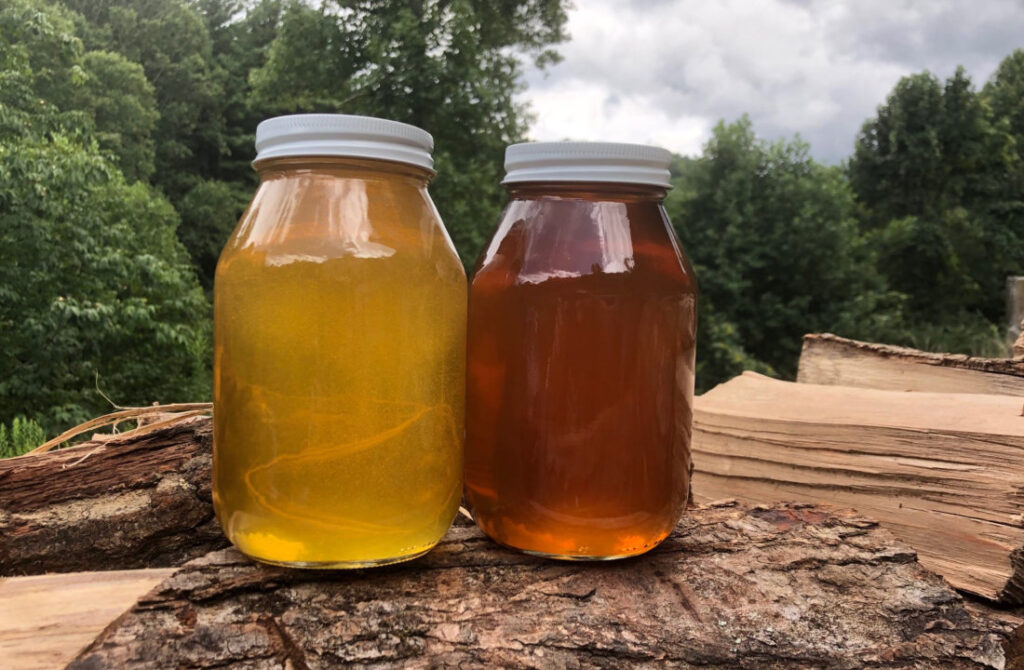
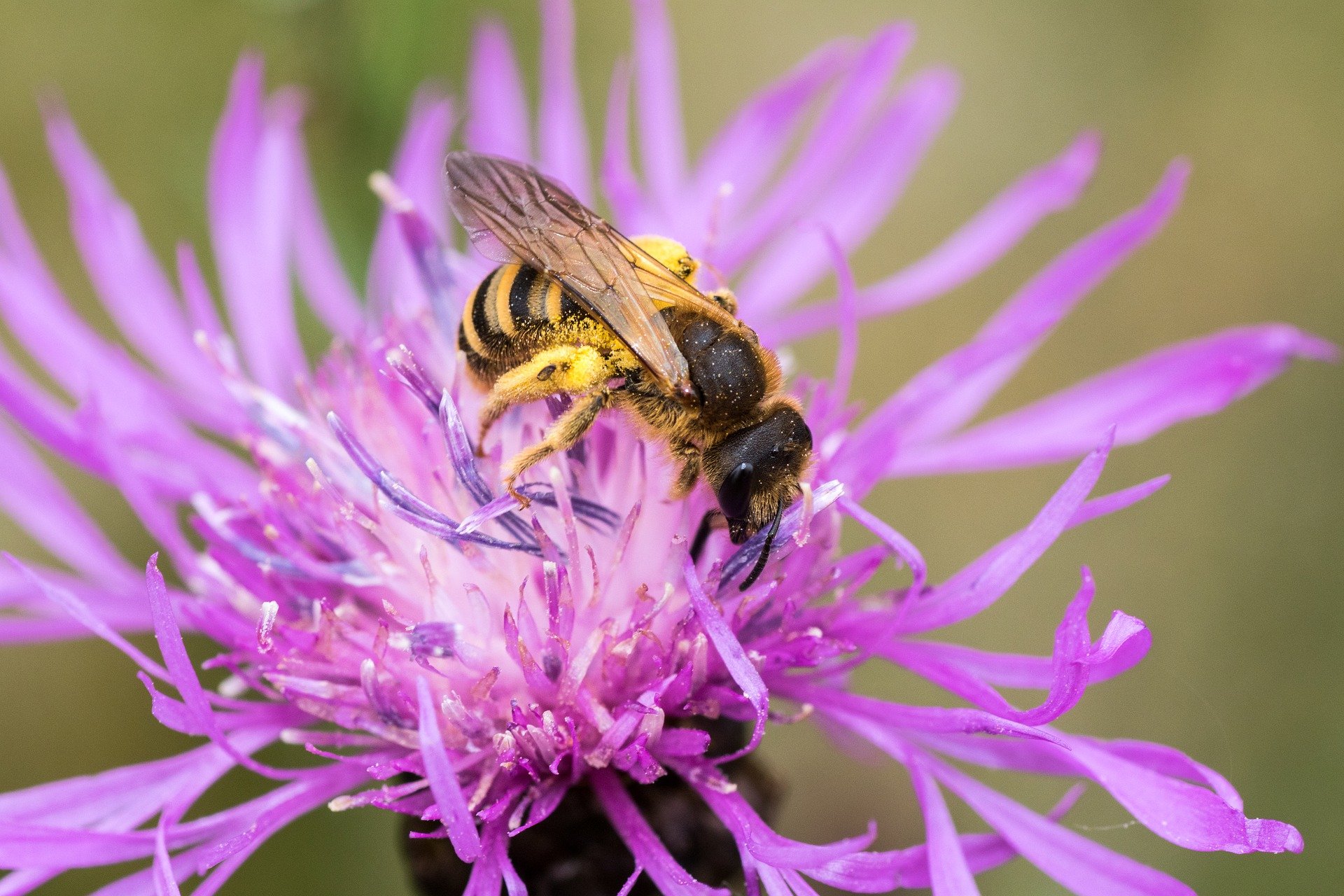
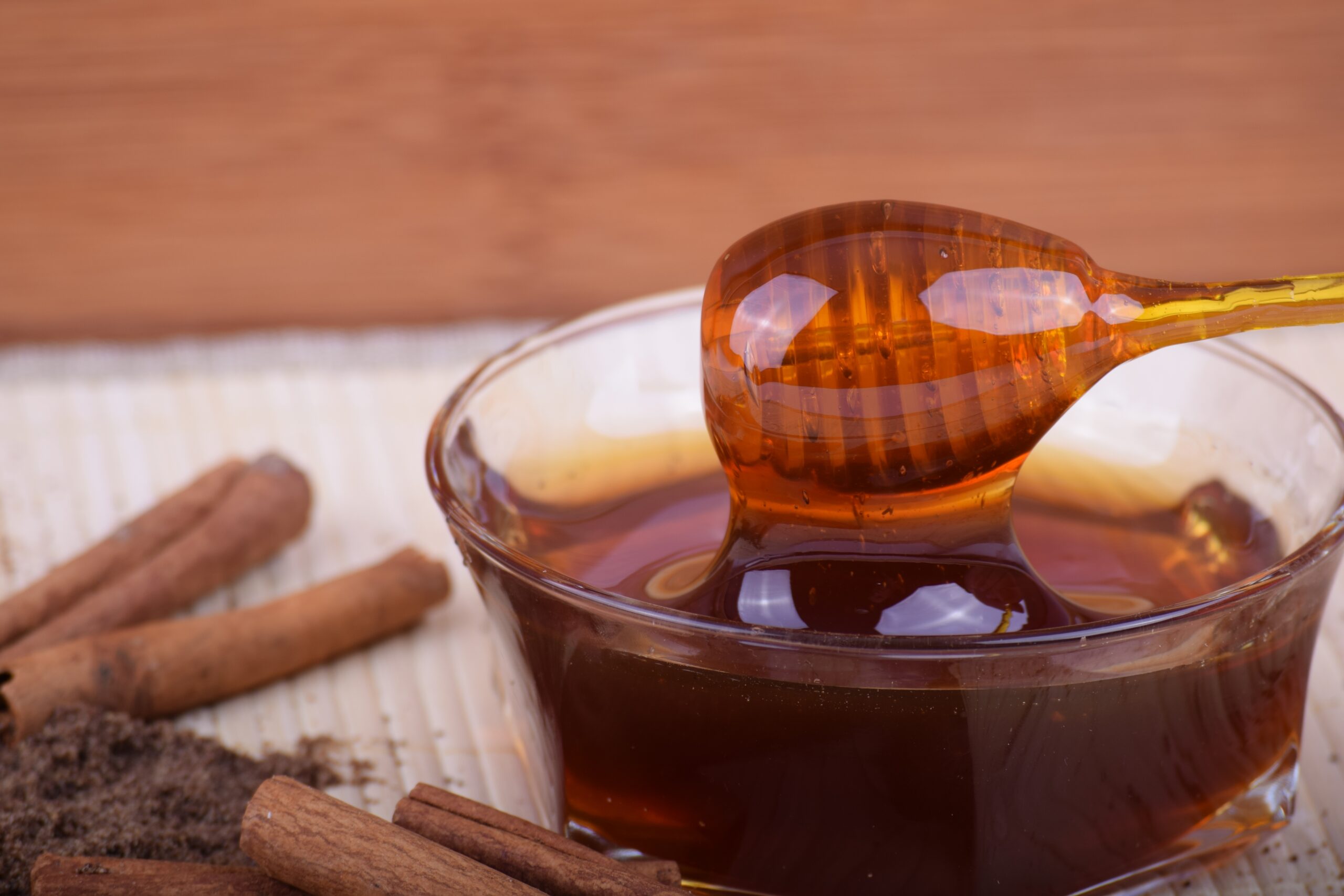
How do you Know your Honey is from a Specific Plant?
The best way to identify the plant that provided nectar that was made into honey you are eating is to look at the pollen the honey contains under a microscope and compare it to known samples. However, bees often harvest honey from multiple sources, so seeing blackberry pollen in your honey is no guarantee it is 100 percent blackberry honey. Most beekeepers rely on their experience to know what was in bloom when the bees were making the honey and the taste of different honey varieties.
If a beekeeper puts their beehives in the middle of a 100 acres of apple trees that are starting to bloom and then harvests the honey immediately afterwards, they can be pretty darn sure the honey is from apple trees. The same can be done with large fields of alfalfa, clover or other crops that are in bloom. This kind of monoculture is common in large areas of farmland, but not in our corner of the Appalachians. Our bees are raised many miles from large monoculture farms and draw pollen and nectar from whatever is naturally blooming in the area. How much nectar a plant produces can vary depending on the last frost date, the amount of rain there has been, recent temperatures and other factors. Just as no two years have the same weather, no two years yield the same honey crop.
We do our best to tell you the season and source of our honey. We can guarantee you it is local honey harvested in Mitchell County, but we cannot guarantee what plants contributed to its unique flavor. If you find a bottle with a taste you especially like, we recommend you buy more immediately. The conditions leading to that specific blend my not reappear for years.
How to Store Honey and Comb Honey
Honey is one of those rare products that has no expiration date. When stored in an air-tight container, it does not go bad. Honey may crystalize over time, but it remains edible and still tastes delicious! You can also mix crystalized honey with butter to create a creamy honey butter spread that goes great on toast, bagels, biscuits, pancakes and muffins.
If you prefer smooth flowing honey, stick your bottle of crystalized honey in a pan or bowl of hot water to warm it up. Try not to let your raw honey get above 105°F as temperatures above that can degrade the natural enzymes in your honey.
For more information on how and why honey crystalizes, we recommend the article, What Do You Do With Crystallized Honey from Wired Magazine. Yes, techies like honey, too.
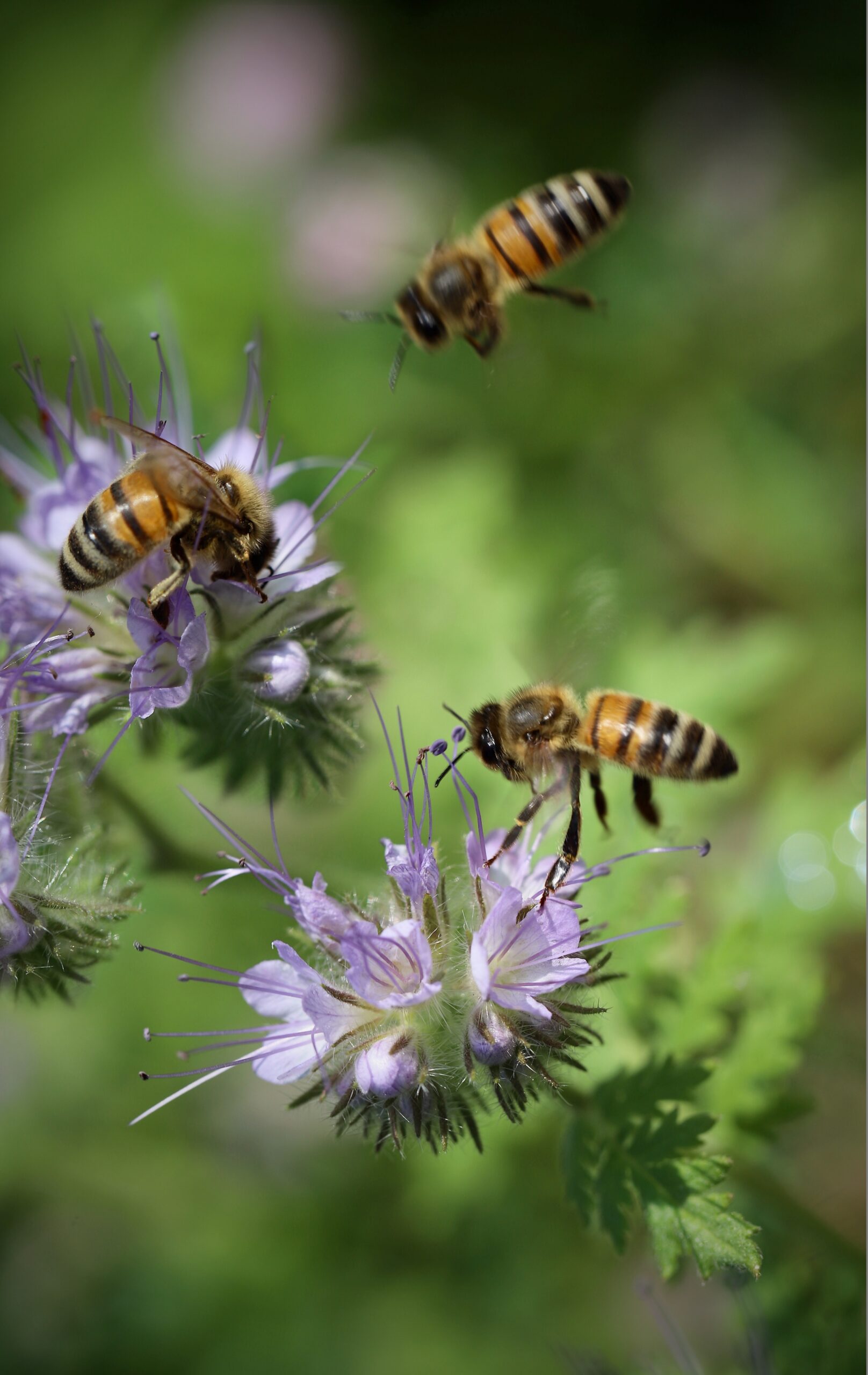
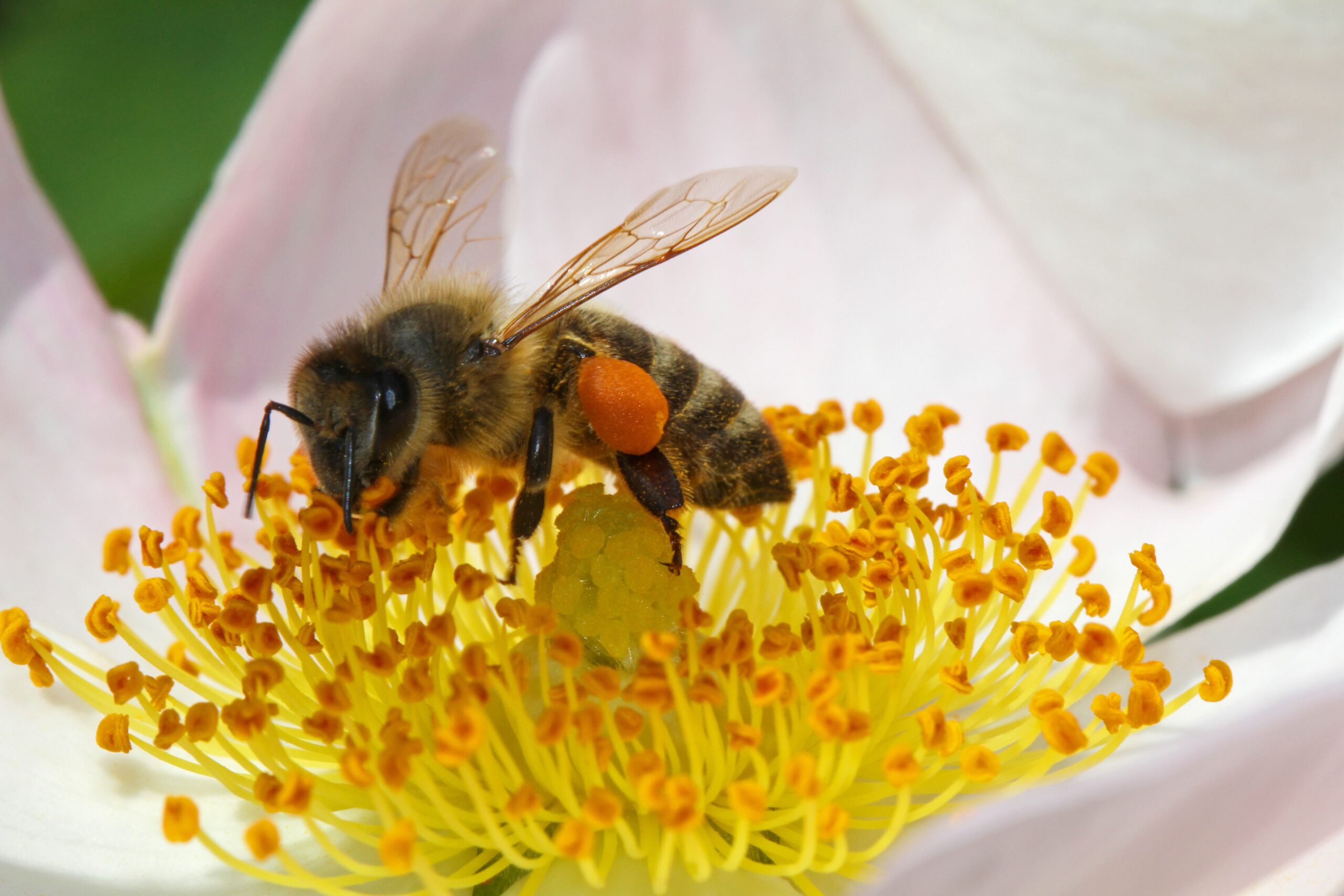
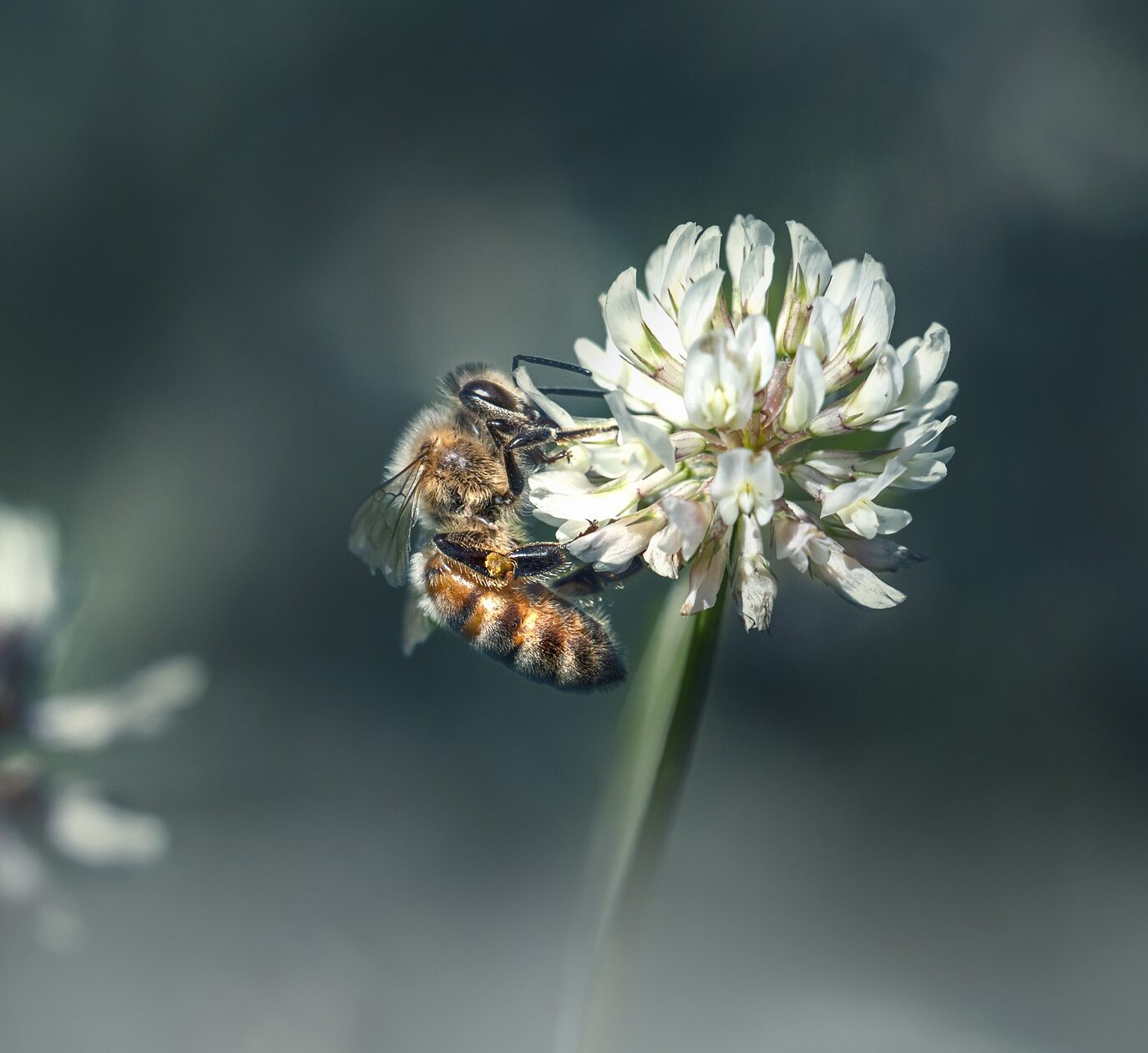
How Often do you get Stung?
Getting stung is an occupational hazard. Beekeepers may grow immune to bee venom, and over the years the stings hurt less and less. Nonetheless, we usually wear a veil or other protective clothing to prevent bee stings.
How can I Avoid Bee Stings?
The best way to avoid bee stings is to avoid bees. This includes not walking barefoot in clover or making like Winnie the Pooh and trying to rob some honey from a hollow tree.
If you know you are going to be around bees, dress and act appropriately around them. Move slowly and practice “bee zen.”
If there are bees in your immediate area, don’t swat at them or make any sudden moves that might get them riled up. A bee bumping into you is a warning sign. Move away in the opposite direction.
What can I do if I Find a Swarm of Bees in my House or Yard?
If you see a cluster of bees hanging on a tree limb, on a post or under your eaves, this is called a swarm. Call a local beekeeper and they may come and get them, assuming the swarm isn’t too high or difficult to reach.
Bees like to set up colonies in hollow trees or other enclosed areas that will protect them from bears, skunks and other predators. This can often lead to a bee colony creating their home in between the rafters or framing of a house or outbuilding. Bees have also been known to live in the space between a brick wall and the wooden framing behind it. Honey bees do not usually live underground. If you spot a yellow, stinging insect with an underground home, it’s probably a yellow jacket, which is a form of wasp.
To prevent bees from moving into your structures, your best bet is to fill or patch any cracks in your exterior walls and to ensure brickwork does not have loose mortar. If it’s too late and the bees have already moved in, then you should call a professional beekeeper or bee removal company to perform what is known as a cut-out. A cut-out is more difficult and requires more time and equipment than catching a swarm. It may also result in some damage to the structure. Don’t be surprised if the person or company doing the removal charges a fee.
To find a local beekeeper capable of removing a swarm or doing a cut-out, contact your county’s beekeeping society or association and check their website. Sometimes the county extension agent or the local law enforcement agency may maintain a list of qualified professionals. Failing that, look online.
The beekeeper of Hawk Mountain Homestead may help with a removal, cutout or swarm. It depends on a number of variables and we reserve the right to decline the job.
How Can I Help Save the Bees?
Simple ways to benefit bees and other pollinators include planting flowering shrubs and turning your lawn and other open space into a meadow seeded with plenty of flowers that attract and feed honeybees and other pollinators. Even flowers considered by many to be weeds, such a dandelions, can be a food source for bees. Fruit trees and other flowering trees are also a great source of nectar and pollen for bees.
For more information on how to Save the Bees, we recommend you check out the Toe Cane Beekeepers web site.